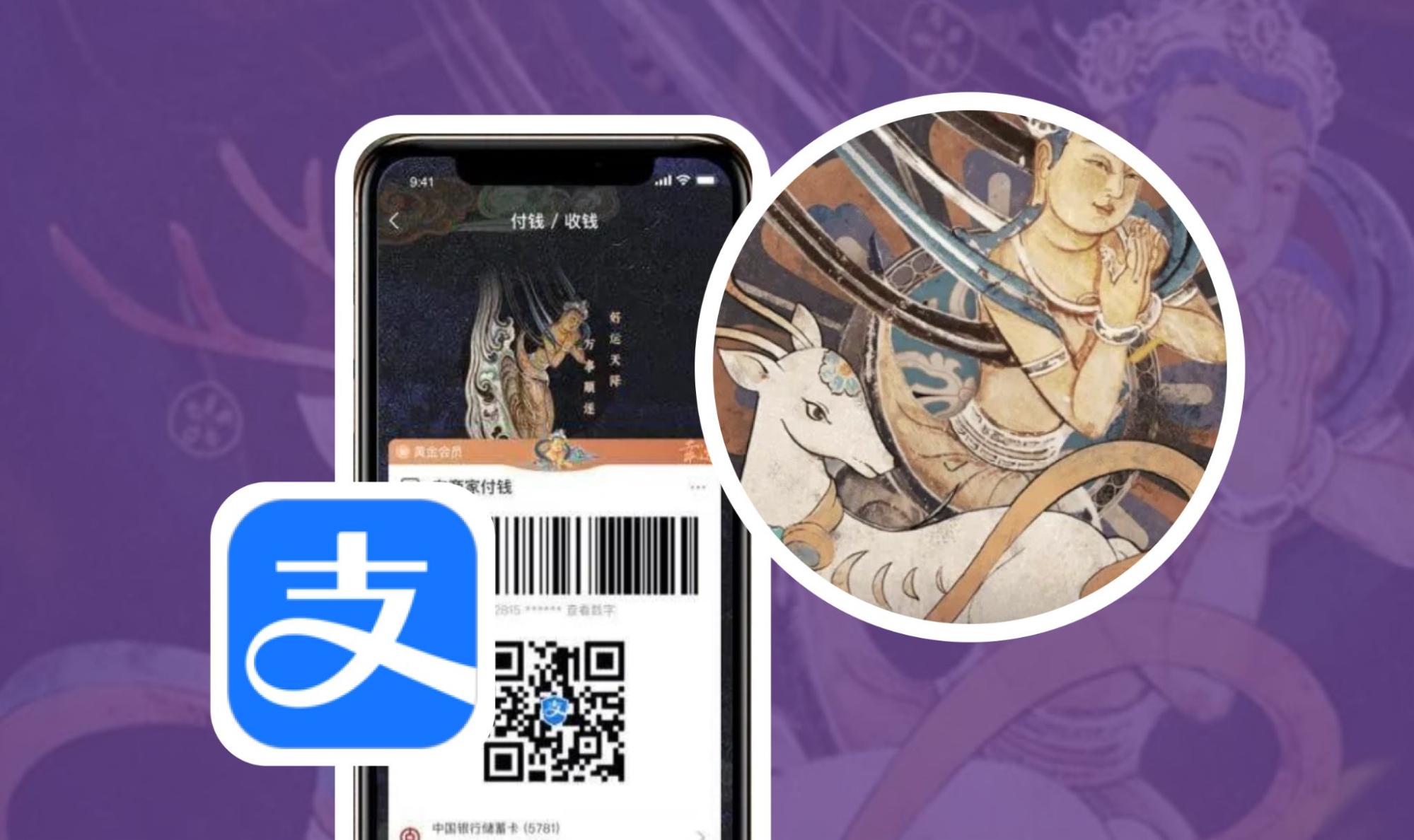In the last blog post, we explored the impact of NFTs on some retail brands. In this article, we’ll focus on NFTs within the context of China.
New opportunities lie between reality and dreams
NFTs in the China Context
In China, cryptocurrencies are subject to stricter legal regulation and no legitimate secondary market exists. Stripped of their financial characteristics, NFTs often appear as digital collectibles. In 2021, major Chinese companies such as Alibaba and Tencent developed their own digital collectibles platforms where they are priced and sold in limited quantities. Alipay, in conjunction with the Dunhuang Art Institute, released the "Dunhuang Flying Sky" and "Nine Coloured Deer" digital collectibles, each limited to 8,000 copies, while Tencent's Phantom Core NFT Trading app released "Thirteen Invitations" digital collectibles.
On 13 April 2022, the China Internet Finance Association, the China Banking Association and the China Securities Association jointly released the "Initiative on Preventing NFT-related Financial Risks." The Initiative affirms the potential value of NFTs as a blockchain technology innovation application yet also points out the potential risks of speculation, money laundering, illegal financial activities and other risks associated with NFT trading. From wild growth in 2021 to regulated development in 2022, China is still exploring NFTs and digital collectibles at the policy level. China's digital collectibles trading platforms also need to pay attention to compliance in areas such as blockchain information services, internet information services, personal information protection, network security, online publishing operations and consumer rights protection.


Despite strict legal regulation, Chinese brands do not have to shy away from NFTs - regulation has always been a two-way street, meaning that NFTs, stripped of their financial characteristics, are destined to filter out most speculators. Moreover, there are still some imaginative and promising use cases emerging.
1. From online to offline
Besides minting all digital assets in the real world as NFTs, bringing NFTs into the real world is also an interesting idea. Open-license NFTs bring an inspiring example. Once sold, such NFTs grant ownership and commercial use rights to the buyer. Recently, streetwear brand Li Ning purchased the open copyright of BAYC Bored Ape NFT#4102 and co-branded T-shirts, baseball caps and other products. In addition to the crossover with the Bored Ape image and the launch of the co-branded products, Li Ning also opened a flash shop in Sanlitun, which garnered a lot of attention. Unlike traditional IP licensing, Li Ning didn't even need to negotiate a tedious and lengthy collaboration with Bored Apes. It was a flash campaign in the true sense of the word and reaped a win-win result for both the brand and NFT collection.


2. Soulbound
Since we can't legally trade NFTs in China, we can try Soulbound. This name originates from the video game World of Warcraft, where it refers to items that could not be sold or given to other players. Ethereum blockchain creator Vitalik introduced the SBT (Soulbound Token) as a non-tradable NFT, which opened the door to new worlds with added restrictions. People can now have Know Your Customer-certified Soulbound Tokens, which can bind various online and offline interactions and behaviors, build a DID (Decentralised Identity), display different badges in different contexts and gain sovereignty over their data. In today's world of content recommendation algorithms, users can choose their badges and thus are allowed to choose their own set of recommendation algorithms. Not only that, SBTs can become an on-chain record of one's education, work, healthcare, and credit. For example, a school could award a student with a Soulbound diploma, or a merchant could award a customer with a Soulbound Proof of Attendance Protocol badge for participating in a particular promotion. Over time, a person's badges will draw a picture of who they are and what they like and merchants can leverage that and build a Soulbound customer loyalty program.
Building the Future of NFTs
As we can see, a wave of exciting new business opportunities have emerged from the crossover between New Retail and NFTs, from luxury brands to snack brands, be they tradable NFTs or non-tradable SBTs.
1. NFT X CRM
As mentioned, merchants can target NFT holders with promotions and loyalty rewards and collaborate with offline events to create NFT-gated communities that increase user retention and recurring purchase rates. NFT-based CRM systems could unlock the full potential of on-chain data for users, giving merchants more timely access to a richer user profile than ever before.
2. NFT X AIGC
Since its inception, NFTs have been popular with creators because of their economic model and copyright protection. At the same time, with the continued development of AIGC (Artificial Intelligence Generated Content), the barrier for the average person to become a creator is low. On the other hand, retail brands are no strangers to customization; from high-end customization for luxury goods to engraving services for Apple products, brands are willing to empower consumers to be creative. AIGC and open license NFTs allow everyone to be associated with the release of co-branded products and earn income from it.
3. NFTs as a service
For traditional brands, issuing NFTs and building NFT membership systems are outside their existing capabilities and there is a significant opportunity cost associated with developing such capabilities. This is where NFTaaS ( NFT-as-a-Service) companies are in demand, offering professional consulting and delivery services in the NFT space during the strategic planning, design, minting, distribution and operational phases. Although still in its infancy, as more and more retail brands begin to realize the potential of NFT, the potential for NFTaaS will be equally great.
Concluding Thoughts
Although crossovers between NFTs and New Retail are still in the chaotic early stages, some best practices are emerging. From the perspective of the participants, such a crossover is suitable for Web 3.0-native, emerging hip brands that need to leverage this momentum for a cold start, traditional brands that want to reach new people and expand their brand image and professional services companies that provide "NFT as a service." In the long term, NFT-based loyalty programs, community co-creation and token-gated community campaigns offer the potential to reach a wider audience. Complex concepts such as NFTs, wallets and blockchains will gradually fade away. Just as Steve Jobs once said, "Great technology is invisible."
Disclaimer: The statements and opinions expressed in this article are those of the author(s) and do not necessarily reflect the positions of Thoughtworks.


















